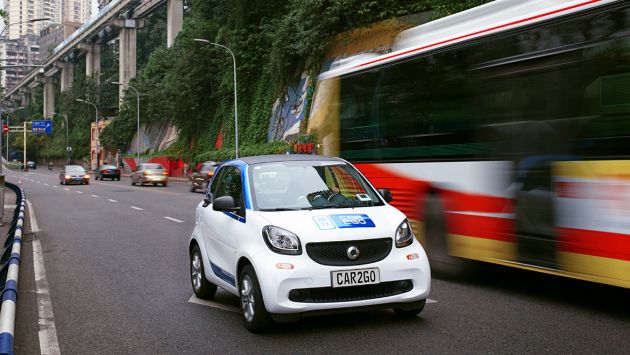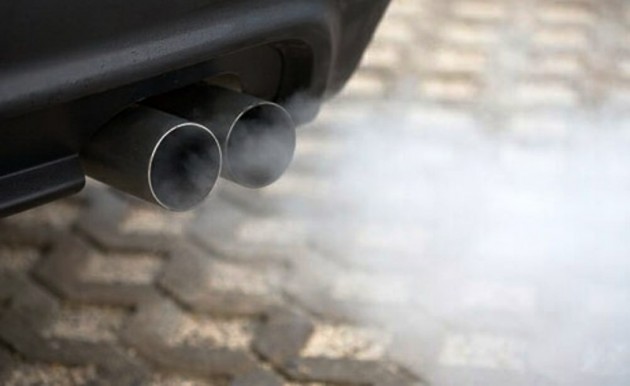How many times have you seen big old lorries spewing plumes of black smoke as they pull away from the toll plaza? Or noisy two-stroke kapcais (or a rust bucket on four wheels) leaving white clouds in its wake? We seem to care about air pollution only once a year, when the annual haze blows over from Indonesia, only to shrug off the matter when the skies clear.
Does our government have the political will to weed out the daily polluters? Don’t think so. But over in China, where the big brother is very big, things get done. The country’s mega cities were once infamous for dirty air, but things have changed, and the government isn’t taking its foot off the gas.
The municipal government of Shanghai is aiming to wipe out some 120,000 lower-end diesel-powered trucks by 2022 as a measure to help cut air pollution, according to a report on the central government’s website, picked up by Reuters.
According to the report, China’s financial hub had by the end of last year 120,000 of these so-called “national three” category diesel trucks, which make up 2.9% of its total vehicle fleet registered. However, these trucks contribute 30% of the city’s total vehicle emission of nitrogen oxides and 46% of particles.
Starting from April 1 next year, the Shanghai government will start banning the polluting trucks running from certain highways in the city and the ban will expand in stages to cover the outmost highways surrounding the metropolitan area, the report said, citing Shanghai’s “Liberation Daily” official newspaper.
There are carrots involved, in the form of subsidies for truck operators who phase out their smoky machines ahead of schedule. The subsidies range between 3,000 to 116,000 yuan (RM1,760 to RM68,089) per vehicle depending on size. Diesel-powered buses will also get subsidies if operators voluntarily remove vehicles before the deadline. On the other end of the scale, China is also ahead of the US and Europe in electric vehicle adoption.
Related Cars for Sale on
Source: Read Full Article











